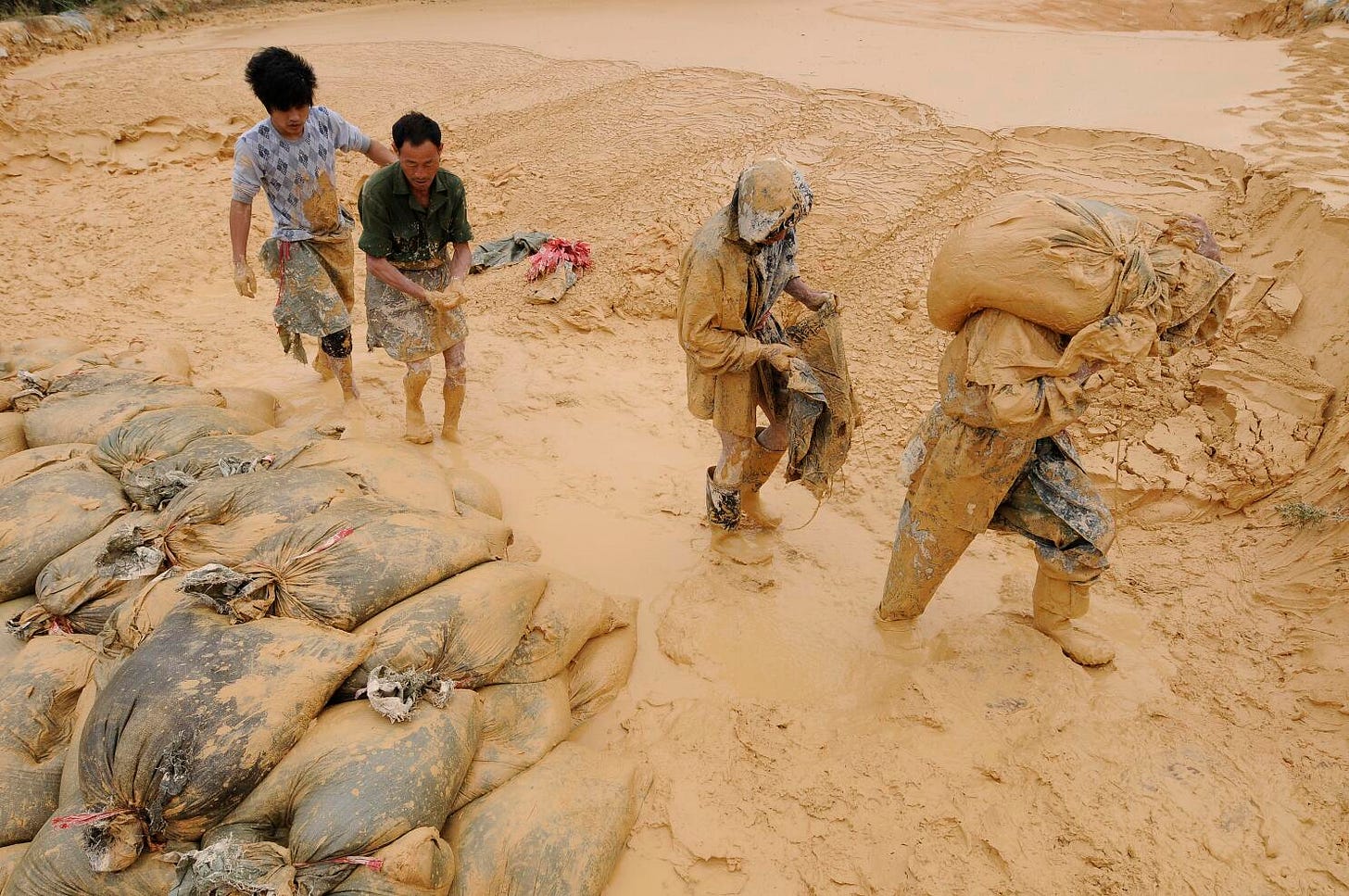
“Rare” Earth Elements
You could argue the age of rare earth elements (REEs) truly began with the iPhone. When Steve Jobs introduced the first iPhone, it wasn’t just revolutionary for its design or software—it quietly marked the mainstream debut of REEs in consumer electronics. Out of the 17 known REEs, 9 were used in that first iPhone. These elements helped batteries last longer, screens get thinner, and energy use become more efficient. In other words, REEs became critical for the performance of modern electronics and advanced technologies.
As we enter the era of EVs, eVTOLs, and clean energy, REEs have only grown in importance—especially heavy rare earth elements (HREEs) like Dysprosium (Dy) and Terbium (Tb). These two are essential in producing high-performance permanent magnets, the kind used in electric vehicle motors and wind turbines. Even in tiny amounts, Dy and Tb significantly boost a magnet’s ability to withstand high temperatures while retaining its magnetic strength. Without these materials, Tesla cars, LED lighting, medical imaging, aerospace, and defense systems would simply not be possible.
Despite the name, rare earth elements aren’t actually rare. According to the U.S. Geological Survey, they’re fairly abundant in the Earth’s crust. The problem is they’re found in very low concentrations, which makes extracting and refining them extremely costly—and incredibly harmful to the environment. That’s what makes them “rare.”
China
Today, China dominates the global REE supply chain. When you zoom in on Dy and Tb—the most crucial REEs for electrification—China doesn’t just lead, it owns the market. It produces and exports 99.9% of the global supply. But why?
Because no other country has been able to mine and refine REEs like China. The process is highly labor-intensive and environmentally destructive, and China has little to no environmental regulation over the industry, or in “general”.
Process:"
Miners first strip the topsoil and build leaching ponds filled with ammonium sulfate to chemically erode the rock. They then shovel mud into pipelines and sedimentation pools, where the metals slowly separate.
But here's the ugly part—only 0.2% of that mud becomes usable HREEs. The remaining 99.8% is toxic waste. That toxic sludge—often containing radioactive materials like thorium—is left on site. When it rains, runoff carries ammonium sulfate and heavy metals into rivers and groundwater, poisoning communities and causing cancer, skin disorders, and osteoporosis. In Inner Mongolia, China’s largest REE site holds over 70,000 tons of radioactive thorium—just sitting there.
With a near-monopoly on these critical materials, China hasn’t hesitated to weaponize them. In 2010, after Japan detained a Chinese fishing captain, China blocked REE exports to Japan. In 2018, they cut off exports to the U.S. in response to Trump’s tariffs. And again in 2025, China has tightened REE shipments to the U.S.—despite claims from Trump that a new deal was in place.
So, what’s changed since 2010?
Companies like MP Materials in the U.S., Lynas Rare Earths and TMC (The Metals Company) are working to break China’s chokehold.
We want to dig deep into Lynas Rare Earths, which recently succeeded in producing Dysprosium Oxide at Lynas Malaysia—making it the world’s only commercial producer of separated heavy rare earth products outside of China.
Lynas Rare Earth breakdown is going to be the second part of the article.
Disclaimer: I am NOT a financial advisor. The content provided should not be interpreted as investment advisory or management services, nor as an offer to sell or a solicitation to buy any securities or related financial instruments. All information is for educational and informational purposes only and should not be considered financial advice.
Muad’Dib may, at times, hold positions in the securities discussed in the articles on this website. Any financial decisions you make are your sole responsibility, and Muad’Dib is not liable for any outcomes or consequences arising from those decisions







